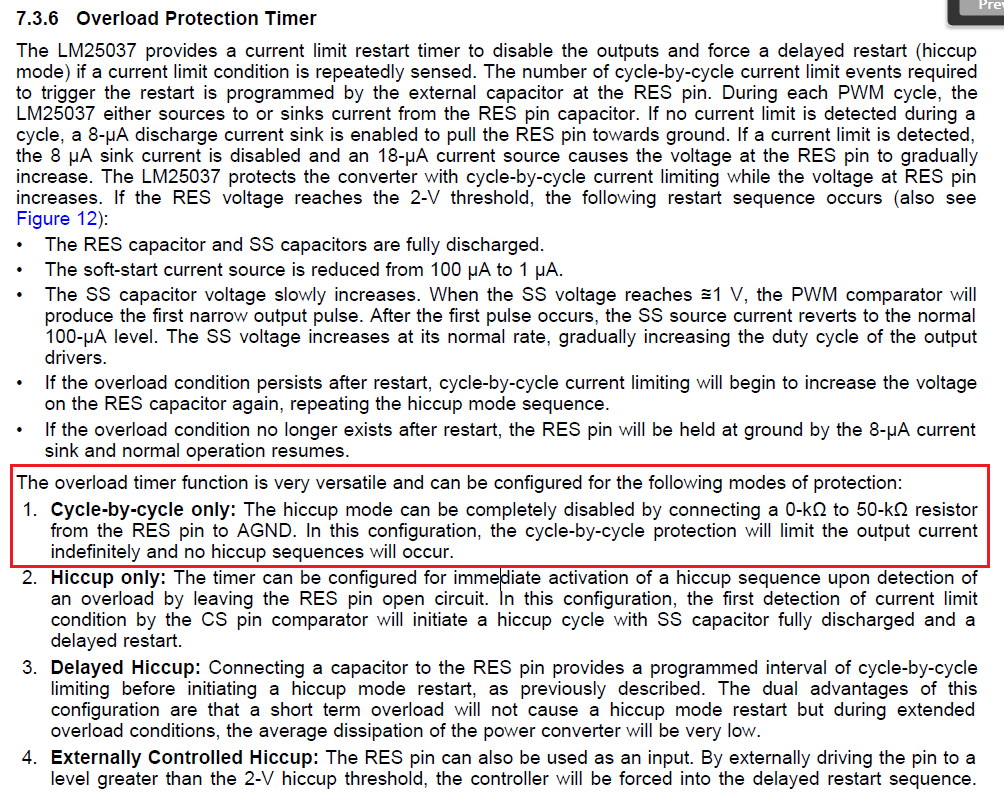Hi,
I received the following question from my customer.
It is mentioned that "The SS voltage increases at its normal rate, gradually increasing the duty cycle of the output drivers." on the datasheet p11.
However my customer hopes to return normal duty operation after removing current limit immediately.
Then, can the SS pin be opened?
Or is there any other way?
Best Regards,
Kuramochi


